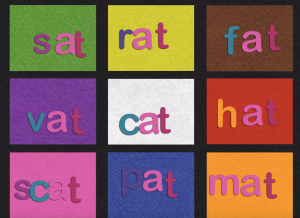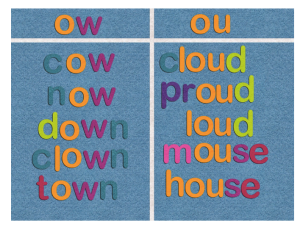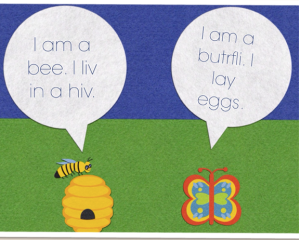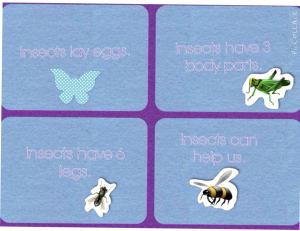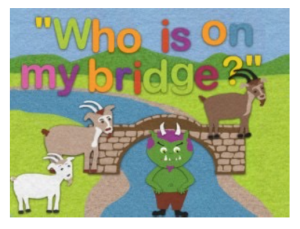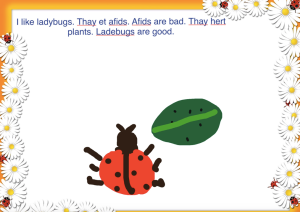Children love classic fairy tales and many early childhood classrooms incorporate them into a unit of study. These tales have stood the test of time and when children hear these stories, they often imagine themselves playing a role in them.
One of my kindergarten students’ favorite fairy tales is The Gingerbread Man. There are many classic renditions of the story as well as more modern takes on the old tale…such as The Gingerbread Baby and Gingerbread Friends by Jan Brett, Gingerbread Girl by Lisa Campbell Ernst, The Gingerbread Pirates by Kristin Kladstrup, The Gingerbread Boy by Paul Galdone, along with many other titles. However, one of their favorites is The Stinky Cheese Man by Jon Scieszka. They love the twist of the Stinky Cheese Man that no one wants to eat, in place of the yummy gingerbread man that everyone wants to eat. This twist allows children to imagine other characters in a similar storyline. By exploring this concept, students can develop critical thinking skills, sequencing skills, as well as literary elements such as character, plot, and setting.
Adapting stories with the iPad affords the opportunity to incorporate the built-in Camera app and take the learning outside. The children would consider what “twist” they would like to use in their own story, decide on a character, and choose where the character would run. After taking a photograph of the setting, the children would use the Markup tool in Photos to draw their character in the setting. Text can also be added in Markup if the character is speaking.
Marc Faulder, an Apple Distinguished Educator friend in the UK, created this project and had his students adapt The Gingerbread Man story through an outdoor activity. You can read about this adventure here.
Here are a couple of pictures from an early childhood classroom trying the activity with their iPad devices: The first is a chocolate chip cookie running down the sidewalk and the second is a slice of pizza going down the slide on the playground.


By integrating a child’s natural love for stories and the iPad, students have a unique ability to explore and capture their environment, as well as tell a story in a creative and fun way.
Download Your Free ‘Young Children Can Create’ Guides Now.
These 4 free guides are published on the Apple Book Store right now and written in partnership with Kristi Meeuwse, Marc Faulder, Jason Milner. Read more about The Young Children Can Create series here-
The Rich Potential of Children’s Photography

The Rich Potential of Children’s Video.

The Rich Potential of Children’s Drawing.
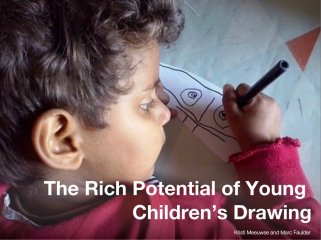
The Rich Potential of Children’s Music Making.

